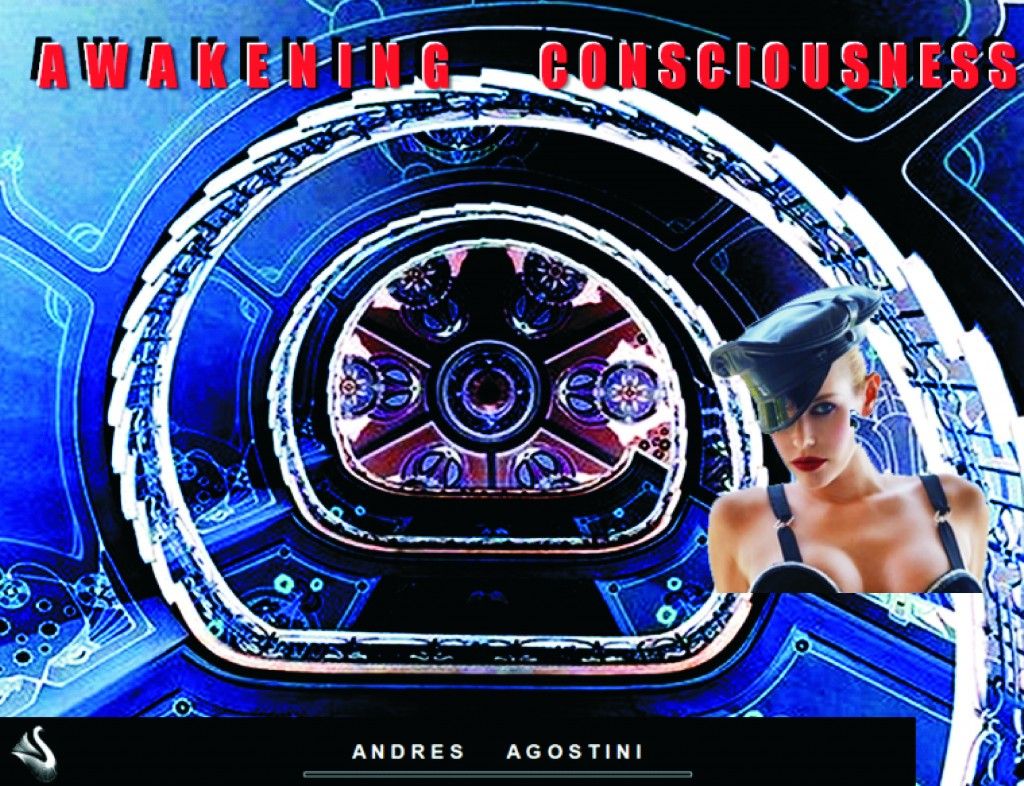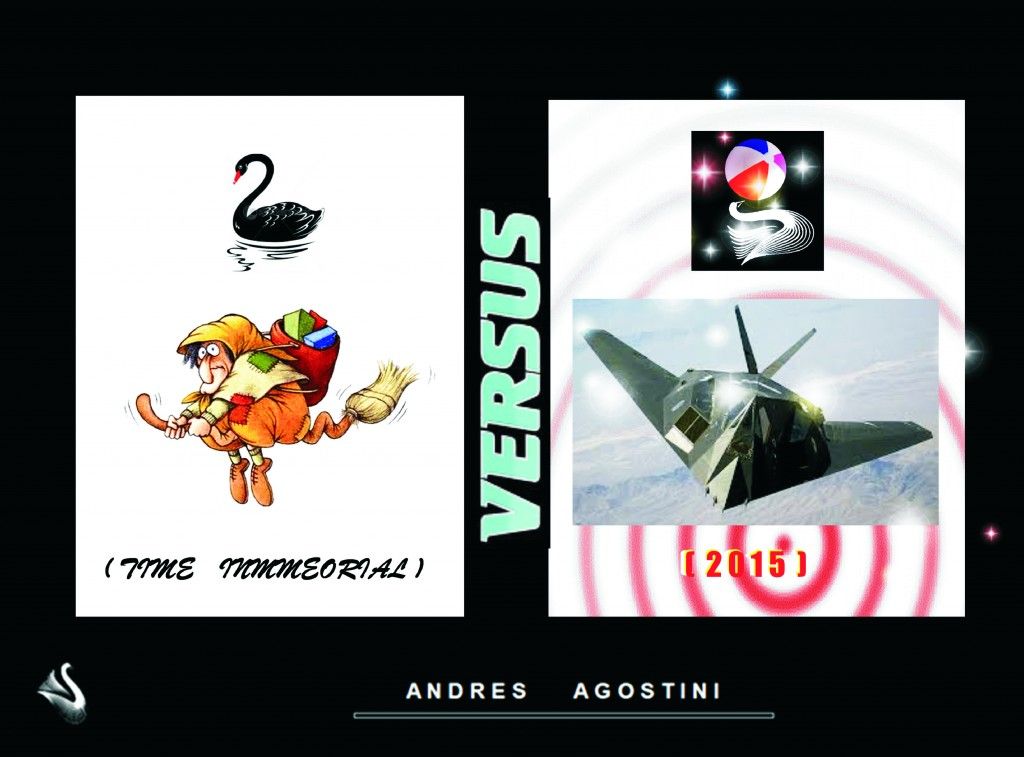Jan 19, 2015
Bitcoins and Google Glass: Are They Heading For the Same Direction?
Posted by Chris Evans in categories: bitcoin, business, computing, cryptocurrencies, economics, engineering, entertainment, futurism, mobile phones, physics, robotics/AI, science
The ups and downs of Bitcoin as an internet currency may be compared to the eventual demise of Google Glass due to its lack of purpose among consumers. While it does not significantly hold true for bitcoins, which apparently have a more supportive and enthusiastic followers, the path that these two have taken and will take may be substantially similar than we like to admit.
For one, Bitcoin’s staggering price decline in the recent days left some people wondering what road it will eventually take in the near future. Is it only taking a detour or is it bound for a dead end?
In the case of Google Glass, it received much attention during its inception a few years ago. It was even named by Time magazine one of the best innovations of 2012. However, despite the ingenuity behind a supposed-to-be groundbreaking invention, Google Glass lacked a tangible sense, its purpose incoherent.
Continue reading “Bitcoins and Google Glass: Are They Heading For the Same Direction?” »

 Quoted: “IBM has unveiled its proof of concept for ADEPT, a system developed in partnership with Samsung that uses elements of bitcoin’s underlying design to build a distributed network of devices – a decentralized Internet of Things. The ADEPT concept, or Autonomous Decentralized Peer-to-Peer Telemetry, taps blockchains to provide the backbone of the system, utilizing a mix of proof-of-work and proof-of-stake to secure transactions.”
Quoted: “IBM has unveiled its proof of concept for ADEPT, a system developed in partnership with Samsung that uses elements of bitcoin’s underlying design to build a distributed network of devices – a decentralized Internet of Things. The ADEPT concept, or Autonomous Decentralized Peer-to-Peer Telemetry, taps blockchains to provide the backbone of the system, utilizing a mix of proof-of-work and proof-of-stake to secure transactions.”













